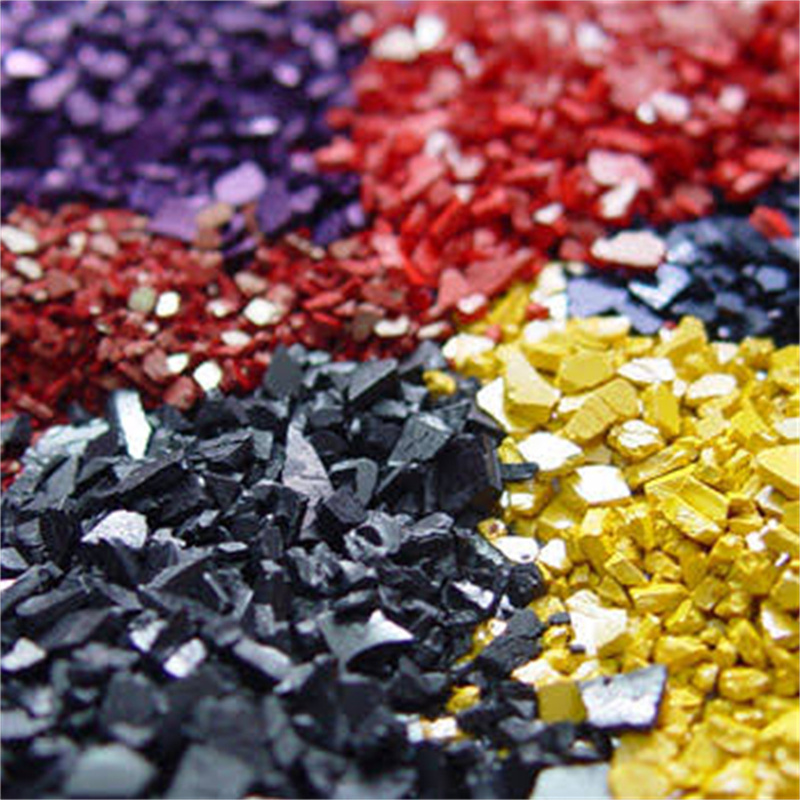-
Categories
-
Pharmaceutical Intermediates
-
Active Pharmaceutical Ingredients
-
Food Additives
- Industrial Coatings
- Agrochemicals
- Dyes and Pigments
- Surfactant
- Flavors and Fragrances
- Chemical Reagents
- Catalyst and Auxiliary
- Natural Products
- Inorganic Chemistry
-
Organic Chemistry
-
Biochemical Engineering
- Analytical Chemistry
-
Cosmetic Ingredient
- Water Treatment Chemical
-
Pharmaceutical Intermediates
Promotion
ECHEMI Mall
Wholesale
Weekly Price
Exhibition
News
-
Trade Service
The production process of Pigment Yellow 3, also known as monoazo yellow, involves a series of chemical reactions that convert raw materials into the final product.
The production process can be broken down into several steps, each with its own specific set of equipment and conditions.
Step 1: Preparation of the Intermediate Product
The first step in the production of Pigment Yellow 3 is the preparation of an intermediate product, known as a diazo compound.
This is typically done by reacting aniline, a chemical compound made from aniline, with a second compound known as a coupling agent.
The reaction is often carried out in the presence of a solvent, such as water or DMF, and is typically conducted at room temperature.
Step 2: Condensation Reaction
Once the diazo compound has been prepared, it is subjected to a condensation reaction.
This reaction involves the addition of a second diazo compound to the first, which results in the formation of a new compound.
The reaction is typically carried out in the presence of a weak acid catalyst, such as acetic acid, and is typically conducted at an elevated temperature, such as 60-80°C.
Step 3: Nitration Reaction
The next step in the production of Pigment Yellow 3 is the nitration reaction.
This reaction involves the addition of nitric acid to the condensed compound, which results in the formation of a new compound.
The reaction is typically carried out in the presence of a solvent, such as water or acetone, and is typically conducted at a temperature of around 80-100°C.
Step 4: Formation of the Yellow Colorant
The final step in the production of Pigment Yellow 3 is the formation of the actual yellow colorant.
This is typically done by adding a reducing agent, such as hydrazine, to the nitrated compound.
The reaction results in the formation of the final yellow colorant, which is then purified and dried.
Equipment Used in the Production Process
The production process of Pigment Yellow 3 requires a variety of equipment, including reaction vessels, stirrers, temperature controls, and filtration systems.
The specific equipment used in the production process will depend on the scale of the production and the specific conditions being used.
Safety Measures in the Production Process
The production of Pigment Yellow 3 involves the use of a number of potentially hazardous chemicals, including aniline and nitric acid.
To ensure the safety of workers and the environment, a number of safety measures must be taken.
These may include the use of protective equipment, such as gloves and protective eyewear, and the implementation of proper waste disposal procedures.
Conclusion
The production process of Pigment Yellow 3 is a complex and multi-step process that involves a number of chemical reactions and equipment.
The final yellow colorant is used in a variety of applications, including plastics, textiles, and coatings.
To ensure the safety of workers and the environment, proper safety measures must be taken throughout the production process.







